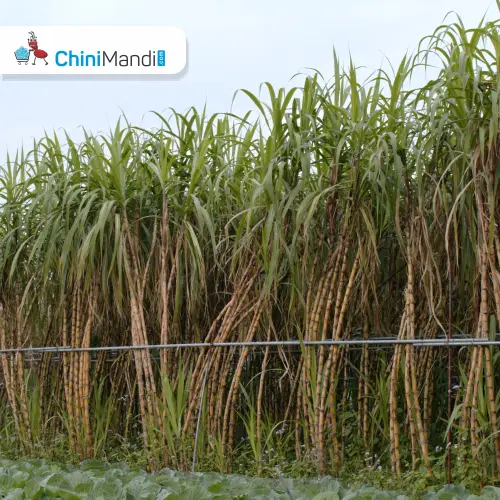New Delhi [India], September 11 (ANI): India’s Kharif sowing continues to make substantial progress, with farmers covering a total area of 1088.50 lakh hectares as of September 8.
The Department of Agriculture and Farmers’ Welfare released the latest figures, showcasing the planting status of various crops for the current Kharif season, alongside comparisons to the previous year.
Rice, a staple crop in India, stands out with an area sown of 403.41 lakh hectares, surpassing last year’s 392.81 lakh hectares. This indicates the enduring significance of rice cultivation in the country’s agricultural landscape, read the Ministry of Agriculture and Farmers Welfare press release.
Despite challenges faced in the pulses category, including Arhar, Urad, Moong, and Kulthi, among others, the total area sown with pulses reached 119.91 lakh hectares, although slightly lower than the 131.17 lakh hectares recorded in the same period last year, read the press release.
Shri Anna cum Coarse cereals, encompassing crops like Jowar, Bajra, Ragi, Small millets, and Maize, maintained steady planting, with a combined area of 182.21 lakh hectares, compared to 181.24 lakh hectares in the previous year.
The category of Oilseeds, including Groundnut, Soybean, Sunflower, Sesamum, Niger, Castor, and others, accounted for an area of 191.49 lakh hectares, slightly down from the 193.30 lakh hectares during the same period last year, read the release.
Sugarcane, a cash crop, saw expanded planting, covering 59.91 lakh hectares compared to 55.65 lakh hectares in the previous year.
The sowing of other crops, including Jute and Mesta and Cotton, demonstrated a mixed picture, with Jute and Mesta at 6.57 lakh hectares (compared to 6.97 lakh hectares in the previous year) and Cotton at 125.00 lakh hectares (down from 126.87 lakh hectares in the previous year).
These figures reflect the continuous efforts of Indian farmers to ensure a successful Kharif season despite various challenges.
Agriculture remains a cornerstone of India’s economy, and the progress in sowing area indicates the commitment of farmers to maintain agricultural productivity.
As India enters the last stages of Kharif sowing, the government has estimated a procurement of 521.27 lakh tonnes of rice during the forthcoming Kharif marketing season, a testament to the importance of rice production in the country.
The government’s steps to ensure ample domestic availability of rice and safeguard exports of non-basmati white rice have contributed to the stability of the rice sector.
It is noteworthy that India’s agriculture sector operates in three cropping seasons: Summer, Kharif, and Rabi. Kharif crops are sown during June-July, dependent on monsoon rains, and typically harvested in October-November.
The progress in Kharif sowing, especially for essential crops like rice and sugarcane, reflects the resilience and dedication of Indian farmers, ensuring a robust agricultural sector in the country. (ANI)










